预约演示
更新于:2025-09-09

Guangxi Normal University
更新于:2025-09-09
概览
标签
肿瘤
呼吸系统疾病
消化系统疾病
小分子化药
化学药
造影剂
疾病领域得分
一眼洞穿机构专注的疾病领域
暂无数据
技术平台
公司药物应用最多的技术
暂无数据
靶点
公司最常开发的靶点
暂无数据
| 排名前五的药物类型 | 数量 |
|---|---|
| 小分子化药 | 8 |
| 化学药 | 2 |
| 造影剂 | 1 |
| 放射与诊断药物 | 1 |
| 合成多肽 | 1 |
关联
16
项与 广西师范大学 相关的药物5
项与 广西师范大学 相关的临床试验ChiCTR2400083689
A study of the effects of upper and lower extremity strength training on cognitive function under blood flow restriction
开始日期2024-05-01 |
申办/合作机构  广西师范大学 广西师范大学 [+1] |
ChiCTR2400082292
Research on knee joint movement rehabilitation
开始日期2024-04-10 |
申办/合作机构  广西师范大学 广西师范大学 [+2] |
ChiCTR2300079263
The Research on rehabilitation theory and method of newrehabilitation technology for sports injury
开始日期2023-12-28 |
申办/合作机构  广西师范大学 广西师范大学 [+1] |
100 项与 广西师范大学 相关的临床结果
登录后查看更多信息
0 项与 广西师范大学 相关的专利(医药)
登录后查看更多信息
5,159
项与 广西师范大学 相关的文献(医药)2026-01-01·JOURNAL OF COLLOID AND INTERFACE SCIENCE
Unlocking pH-universal charge storage: electrochemically engineered N-doped graphene beyond nanoporosity
Article
作者: Luo, Jiacheng ; Chen, Wei ; Peng, Xinglan ; Wu, Yanni ; Fan, Youjun ; Wang, Limin ; Shi, Nifei ; Chen, Zhenxiang ; Chen, Du-Hong ; Liu, Yongchun ; Jiang, Yifan
Despite excellent charge-discharge performance in carbon-based supercapacitors, their mechanisms across pH solutions remain unclear due to difficulties decoupling capacitive effects from porous structures and intricate micro-nano molecular/ionic channels. To investigate these mechanisms, we electrochemically synthesize structure-defined, nanohole-free N-doped graphene (ENG) as a model system. Attenuated total reflection in situ infrared spectroscopy (ATR-FTIR) reveals splendid electrochemical activity for pyridinic N and carboxyl functional groups in acidic medium. In contrast, hydroxyl groups dominate the charge-discharge behavior of ENG in alkaline medium. This behavior differs from the neutral medium scenario, where only CO bonds produce detectable ATR-FTIR peaks. Theoretical calculations identified strong adsorption affinity of pyridinic N and carboxyl functional groups for H+ over OH-, which directly enhances the electrochemical activity of ENG in acidic medium. This work pioneers a targeted synthesis strategy for ENG, establishing it as a robust model to decode charge-discharge mechanisms of carbon-based materials across the full pH range.
2026-01-01·TALANTA
A NIR-II absorption nanoprobe enhanced by stannous sulfide for photoacoustic imaging and photothermal-augmented chemodynamic therapy of colorectal cancer
Article
作者: Zhao, Shulin ; He, Min ; Ma, Yuzhen ; Huang, Lixian ; Luo, Yanni ; Liang, Jinzhe
Near-infrared II (NIR-II) photoacoustic (PA) imaging offers enhanced performance through reduced photon scattering, minimized background interference, and improved resolution at greater depths, thereby driving urgent demand for NIR-II PA nanoprobes in translational biomedicine. In this study, we developed a smart stannous sulfide@cuprous oxide (SnS@Cu2O) nanoprobe for colorectal cancer PA imaging within NIR-II window. Under the existence of HS-, the SnS@Cu2O nanoprobe exhibits a broad absorption peak within the 1000-1300 nm range, enabling concentration-dependent NIR-II PA signal amplification in colorectal cancer tissues with overexpression of endogenous H2S. The in vitro PA intensity was linearly correlated to HS- concentration in the range of 0-1.2 mM. Intratumoral injection of SnS@Cu2O nanoprobe (10 mg/kg) induced time-dependent PA signal amplification at the tumor site, exhibited rapid intensification, peaking at 4-h post-administration. Additionally, the SnS@Cu2O can catalyze the Cu+ with H2O2 in the tumor tissue yielding ·OH via Fenton-like reactions for photothermal-enhanced chemodynamic therapy, enabling NIR-II PA imaging-guided therapy against deep-tissue colorectal tumor. This paper reports on the synthesis and application of a smart SnS@Cu2O nanoprobe that was activated by colorectal tumor microenvironment.
2026-01-01·NEURAL NETWORKS
Dual-channel hierarchical interactive learning for the prediction of Protein-Ligand binding affinity
Article
作者: Ma, Huifang ; Chang, Liang ; Wu, Zheyu ; Li, Zhixin ; Deng, Bin
Protein-ligand binding affinity (PLBA) is a crucial metric in drug screening for identifying potential candidate compounds. In recent years, deep learning-based methods have used representation learning to model interactions within protein-ligand complexes, demonstrating great promise in affinity prediction tasks. Existing studies have considered both intramolecular (covalent) and intermolecular (non-covalent) interactions to some extent. However, these interactions are often treated as independent features, lacking explicit hierarchical dependency modeling, which may lead to insufficient representation of interaction information and ultimately limit the accuracy of affinity predictions. To address this issue, we propose a novel approach-Dual-channel Hierarchical Interactive Learning (DHIL)-to achieve a more comprehensive modeling of protein-ligand interactions. DHIL employs a dual-channel encoding structure to simultaneously learn intramolecular and intermolecular interactions, ensuring the completeness of interaction features. Additionally, we design a hierarchical interactive learning paradigm to facilitate information exchange between these two interaction types at multiple levels, promoting their collaborative modeling. This mechanism mimics the local-to-global working principles of biological systems, enabling a more detailed and holistic representation of protein-ligand interactions. We conduct extensive and comprehensive experiments on a diverse set of benchmark datasets, rigorously evaluating the effectiveness of DHIL. The results demonstrate that DHIL significantly improves PLBA prediction accuracy, outperforming existing methods and further validating its potential in drug discovery and screening tasks. Nevertheless, the proposed framework introduces notable computational overhead due to multi-scale graph construction and cross-level message passing. It also exhibits sensitivity to the quality of input 3D binding conformations, which may affect its robustness in practical applications. These limitations suggest future directions for improving model efficiency and generalizability. To facilitate reproducibility and further research, the complete source code of DHIL has been released at: https://github.com/WZY-0814/DHIL.
100 项与 广西师范大学 相关的药物交易
登录后查看更多信息
100 项与 广西师范大学 相关的转化医学
登录后查看更多信息
组织架构
使用我们的机构树数据加速您的研究。
登录
或
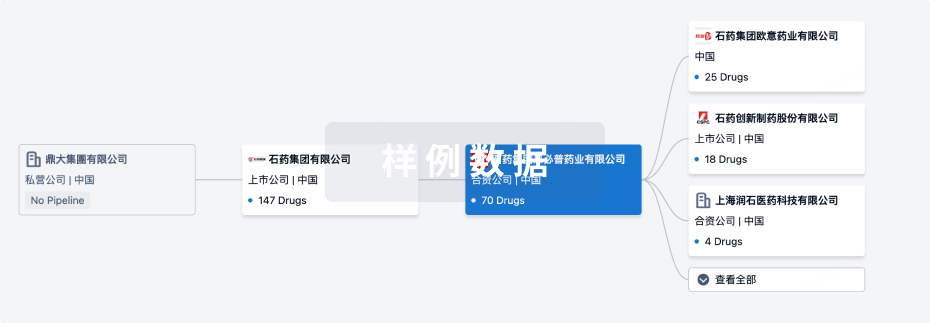
管线布局
2025年12月12日管线快照
管线布局中药物为当前组织机构及其子机构作为药物机构进行统计,早期临床1期并入临床1期,临床1/2期并入临床2期,临床2/3期并入临床3期
药物发现
4
12
临床前
其他
1
登录后查看更多信息
当前项目
登录后查看更多信息
药物交易
使用我们的药物交易数据加速您的研究。
登录
或
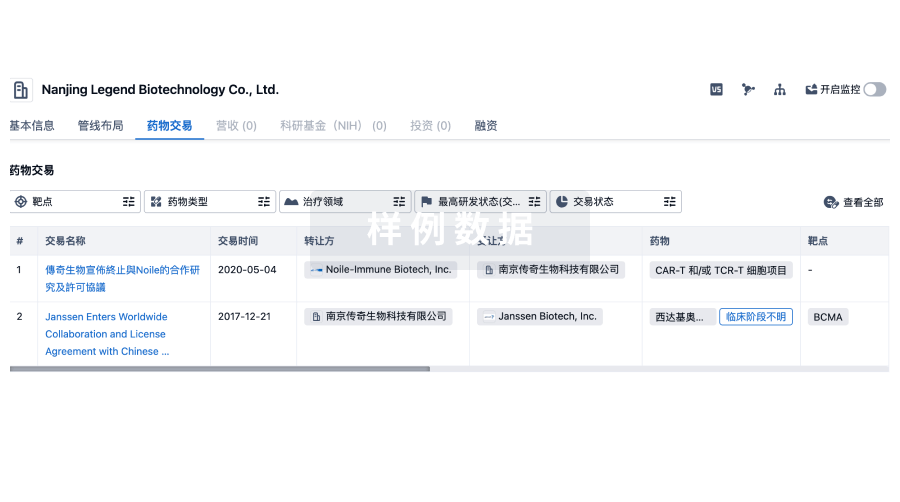
转化医学
使用我们的转化医学数据加速您的研究。
登录
或
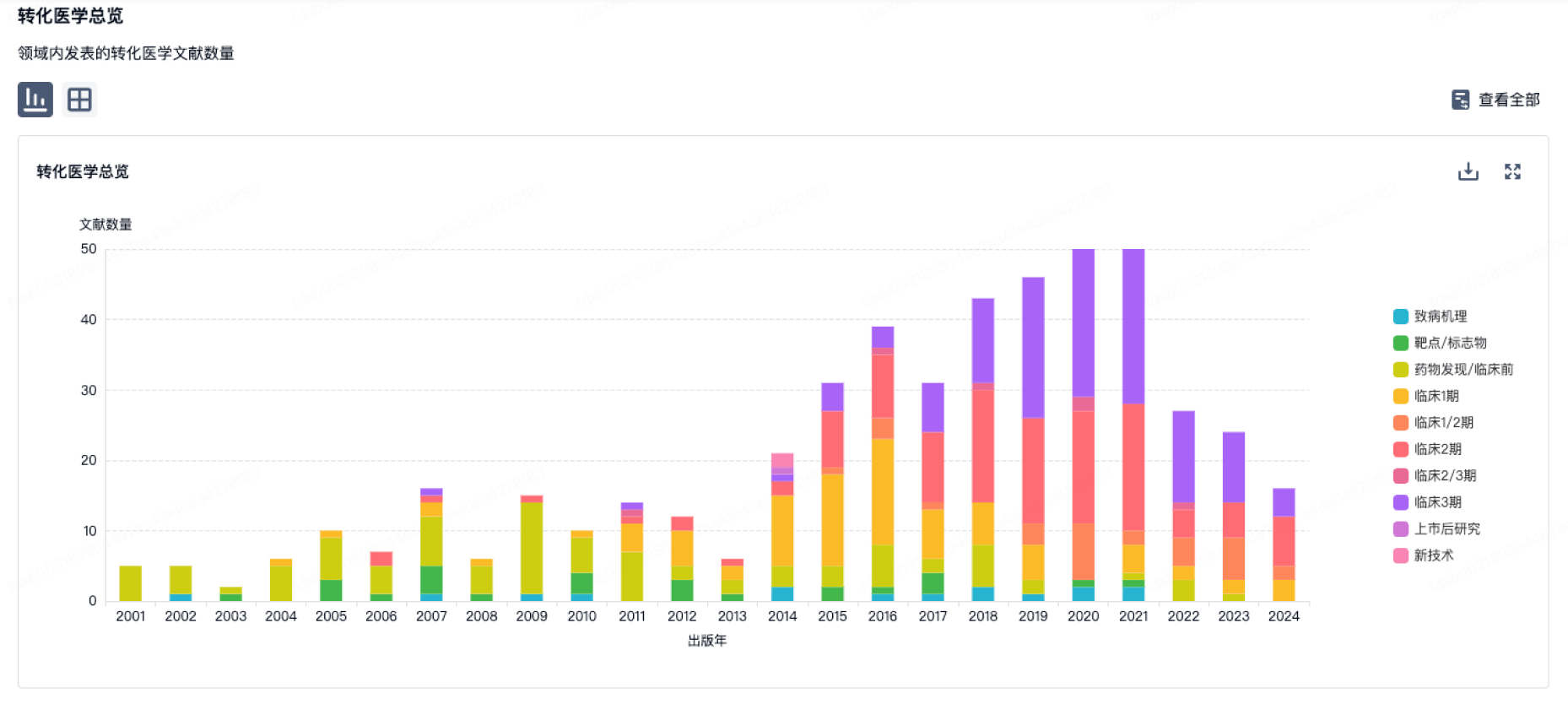
营收
使用 Synapse 探索超过 36 万个组织的财务状况。
登录
或
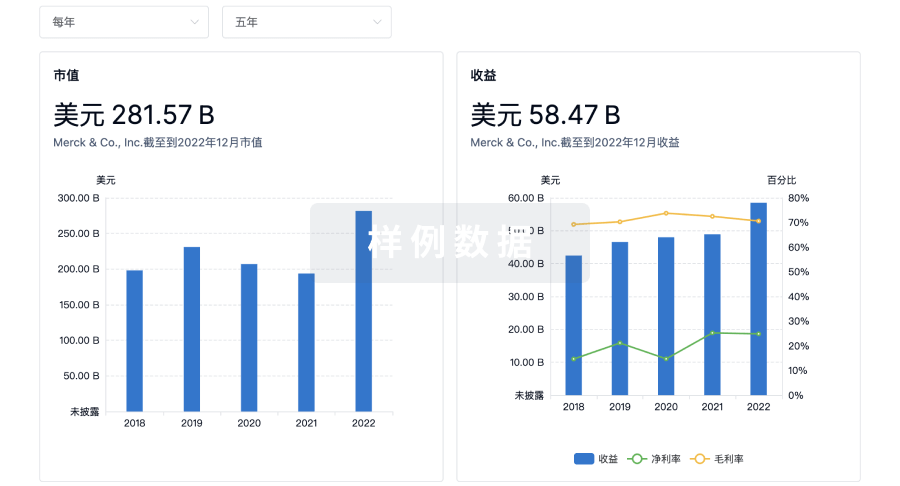
科研基金(NIH)
访问超过 200 万项资助和基金信息,以提升您的研究之旅。
登录
或
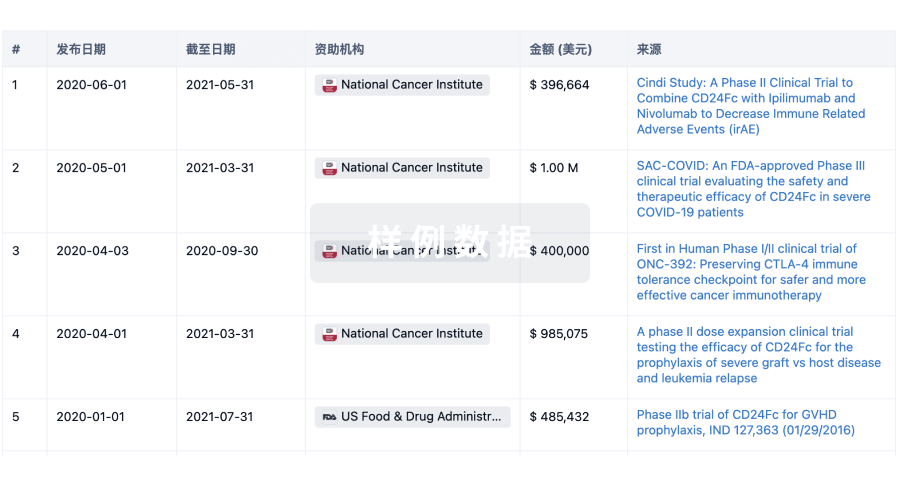
投资
深入了解从初创企业到成熟企业的最新公司投资动态。
登录
或
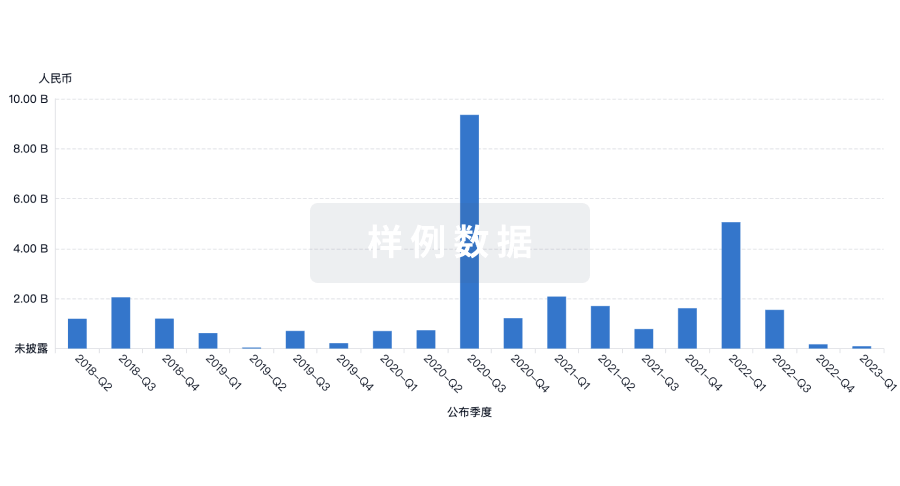
融资
发掘融资趋势以验证和推进您的投资机会。
登录
或
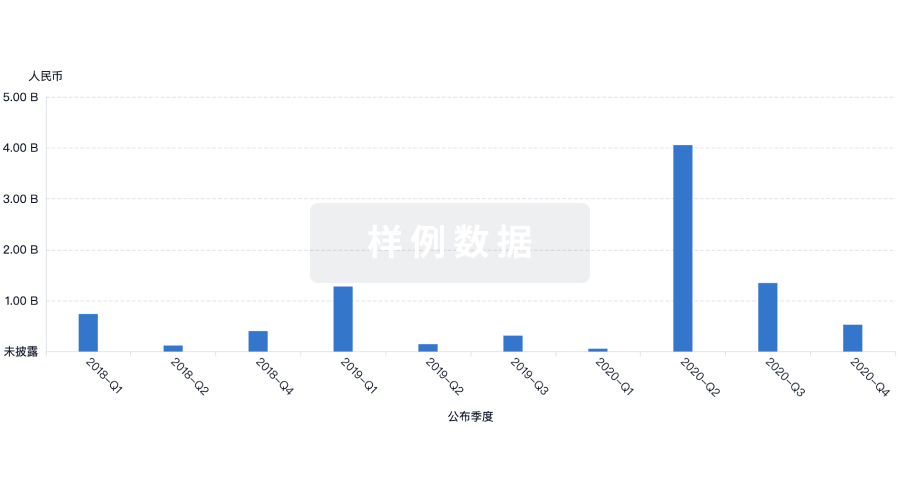
生物医药百科问答
全新生物医药AI Agent 覆盖科研全链路,让突破性发现快人一步
立即开始免费试用!
智慧芽新药情报库是智慧芽专为生命科学人士构建的基于AI的创新药情报平台,助您全方位提升您的研发与决策效率。
立即开始数据试用!
智慧芽新药库数据也通过智慧芽数据服务平台,以API或者数据包形式对外开放,助您更加充分利用智慧芽新药情报信息。
生物序列数据库
生物药研发创新
免费使用
化学结构数据库
小分子化药研发创新
免费使用